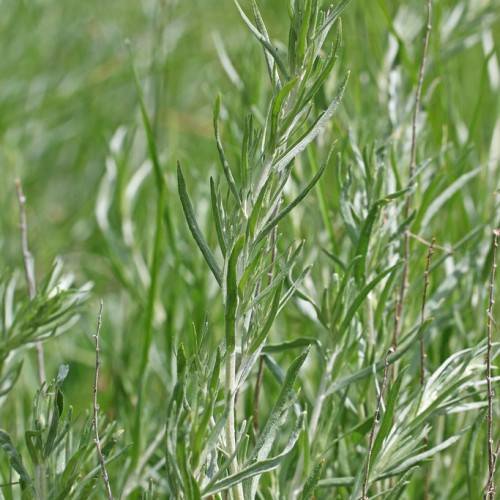
Silver Sagebrush
Artemisia cana
Also Known As - Hoary SagebrushWatering:
Minimal
Hardiness Zone:
Sun:
Sun
Leaf:
Yes
Growth Rate:
Low
Poisonous To Pets:
Yes
Drought Tolerant:
Yes
Salt Tolerant:
Yes
Thorny:
Yes
Care Level:
Medium
watering
Beach Wormwood needs to be watered moderately and consistently. Water the plant deeply once per week, taking care not to overwater. The soil should be allowed to dry out slightly between waterings. During summer months, when the plant is actively growing, it may need to be watered more frequently in order to keep the soil from drying out completely. As a general guide, water the plant until the soil is damp at 2 inches deep. If the Beach Wormwood is planted in a container, check the soil's dryness more frequently, as the soil in containers can dry out more quickly.
sunlight
Beach Wormwood (Artemisia campestris subsp. caudata) is a plant native to the coastal areas of North America. The plant typically requires full sun and can thrive in a variety of soil conditions. It will do best, however, in sandy soil with good drainage. As Beach Wormwood grows in full sun, it will need a minimum of 6 hours of direct sunlight each day, although 8-10 hours is preferable. Alternatively, during the summer months, morning sun (6-7 hours per day) and afternoon shade (2-3 hours) may be beneficial. It is important to remember that the plant should not be placed in a spot that receives full sun all day long, as this will cause leaf burn. Beach Wormwood will do well in areas that experience higher temperatures, though too much sun may cause the plant to wilt.
pruning
Beach Wormwood should be pruned during the spring and fall months, before the plant begins actively growing. If you are looking to prune the plant for shape or appearance, do so during the dormant season of fall and early winter. Generally, a light trimming can be done in the late spring, but be sure to remove any dead or dead-looking branches. It is also beneficial to remove any extra branches that may be crowding the plant and make sure that no single branch is getting more light than the others. A severe pruning should be avoided, as this species is slow to recover after pruning.
